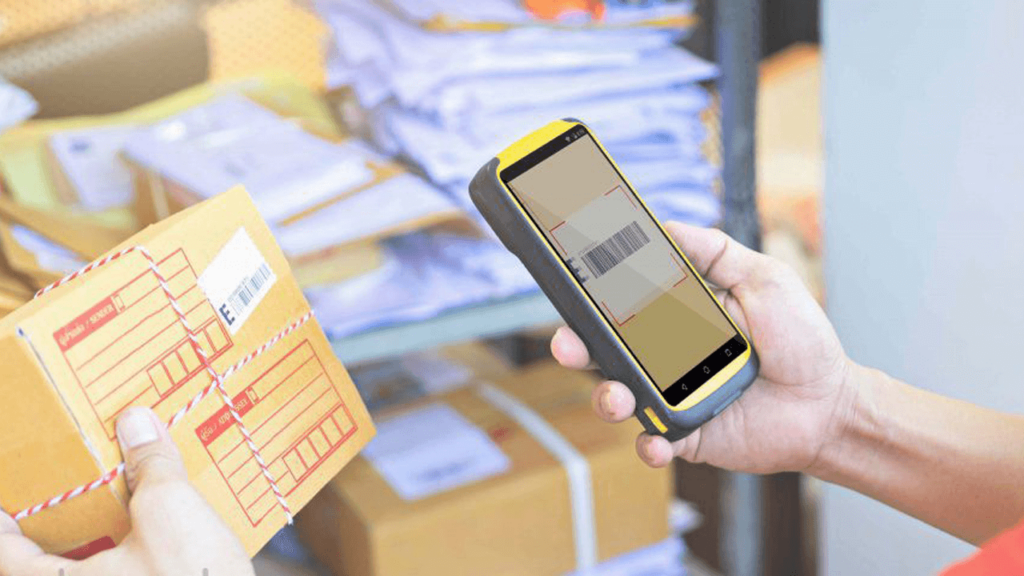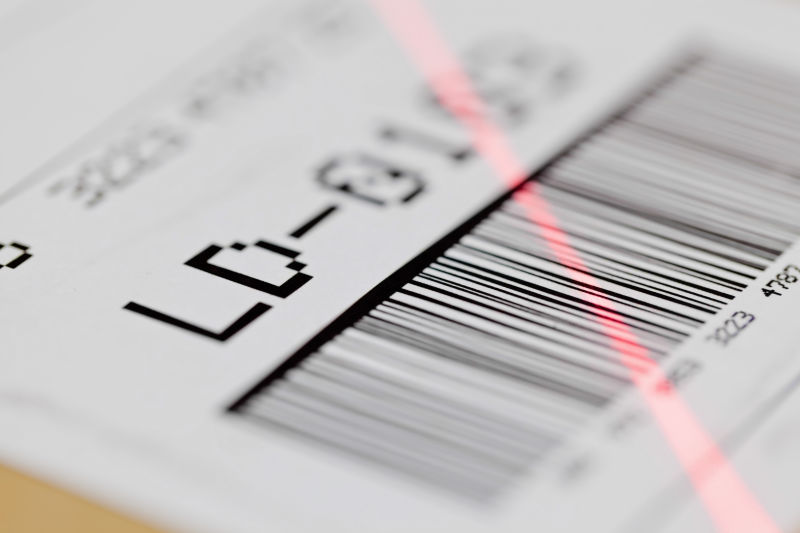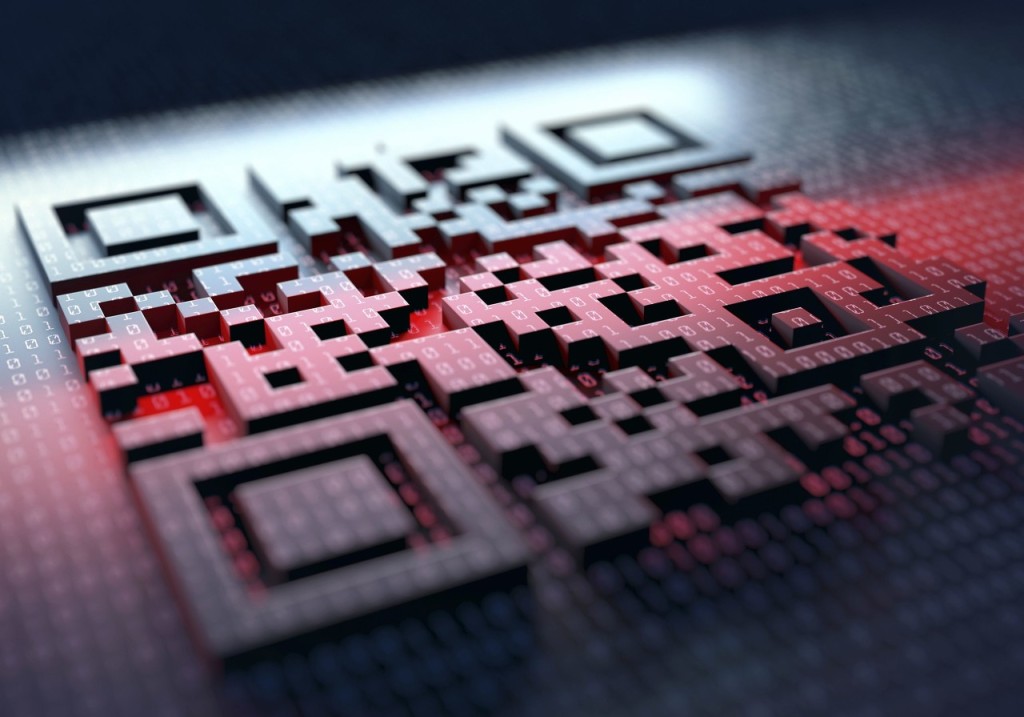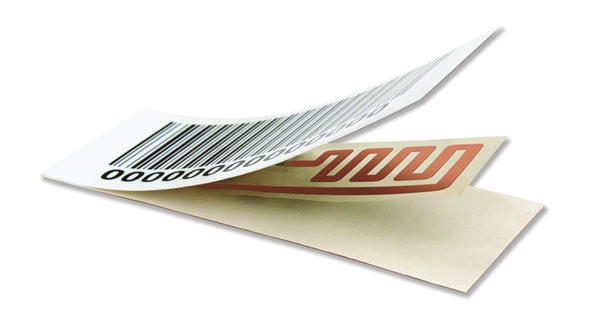Recent Blog
-
UNIWA will bring new models of handheld smart terminals to MWC Barcelona 2025. Our booth number is 7F21. Welcome to visit us!
2025-01-18 -
Welcome to visit our booth 5H26.From October 18th~21st 2023,UNIWA will participate in the Hong Kong Global Sources Electronics Fair
2023-09-19 -
Welcome to visit our booth 5J29. From April 18th~21st 2023, UNIWA will participate in the Hong Kong Global Sources Electronics Fair
2023-04-03 -
The Top 6 Android Barcode Scanners in 2023
2023-02-24
Barcode vs. QR Code vs. RFID
In the era of commodity circulation, barcodes, QR codes, or RFID are used on many goods to give them "identities". However, many people are not clear about these terms. Today, let's spend some time together to figure them out, so that we can understand the difference and application.

一、Barcodes
A barcode or bar code (also known a 1D barcode)is a method of representing data in a visual, machine-readable form. Initially, barcodes represented data by varying the widths, spacings and sizes of parallel lines. These barcodes, now commonly referred to as linear or one-dimensional (1D), can be scanned by a special optical scanner, called barcode readers, of which there are several types.
Barcodes can be widely used in various supermarkets, supplier management, commodity circulation, customer employee management, etc.
How to read barcode information:
The bar and space in a barcode have different reflectivity and reflection intensity of the same light. In short, we can see there is a clear distinction between black and white. That’s the working theory of the barcode scanner. The scanner detects different reflected light from different emission areas through optical sensors. The scanner detects different reflected light from different areas through optical sensors, that is, to detect the information of black and white for identification.
Application of barcodes:
One-dimensional barcodes are low cost and easy to produce. It can mark the place of origin, manufacturer, goods name, production date, book classification number and so on. And now it has been widely used in many fields such as commodity circulation, library management, postal management, and banking system.
Pros and cons of barcodes:
Advantages: Low cost; High efficiency of information entry; Reducing the error rate
Disadvantages: Small data capacity (about 30 characters), large size, easy to damage (unreadable after damage)

二、QR codes
QR code is one of 2D barcodes, which were developed from 1D barcodes.
A QR code consists of black squares arranged in a square grid on a white background, which can be read by an imaging device such as a camera, and processed using Reed–Solomon error correction until the image can be appropriately interpreted. The required data is then extracted from patterns that are present in both horizontal and vertical components of the image.
QR code application
QR codes are now used in a much broader context, including both commercial tracking applications and convenience-oriented applications aimed at mobile-phone users (termed mobile tagging).
After the COVID-19 pandemic began spreading, QR codes began to be used as a "touchless" system to display information, show menus, or provide updated consumer information, especially in the hospitality industry. Restaurants replaced paper or laminated plastic menus with QR code decals on the table, which opened an online version of the menu. This prevented the need to dispose of single-use paper menus, or institute cleaning and sanitizing procedures for permanent menus after each use.
Local television stations have also begun to utilize codes on local newscasts to allow viewers quicker access to stories or information involving the pandemic, including testing and immunization scheduling websites, or for links within stories mentioned in the newscasts overall.
QR codes are also present on COVID-19 vaccination certificates in places such as Canada, and the EU (EU Digital COVID certificate) where they can be scanned to verify the information on the certificate.
The QR code has become one of the most-used types of two-dimensional code.
Advantages and disadvantages of QR codes
Unlike the older 1D barcodes that were designed to be mechanically scanned by a narrow beam of light, a QR code is detected by a 2-dimensional digital image sensor and then digitally analyzed by a programmed processor. The processor locates the three distinctive squares at the corners of the QR code image, using a smaller square (or multiple squares) near the fourth corner to normalize the image for size, orientation, and angle of viewing. The small dots throughout the QR code are then converted to binary numbers and validated with an error-correcting algorithm.
The amount of data that can be stored in the QR code symbol depends on the datatype (mode, or input character set), version (1, …, 40, indicating the overall dimensions of the symbol, i.e. 4 × version number + 17 dots on each side), and error correction level. The maximum storage capacities occur for version 40 and error correction level L (low), denoted by 40-L.

三、RFID
Radio-frequency identification (RFID) uses electromagnetic fields to automatically identify and track tags attached to objects. An RFID system consists of a tiny radio transponder, a radio receiver and transmitter. When triggered by an electromagnetic interrogation pulse from a nearby RFID reader device, the tag transmits digital data, usually an identifying inventory number, back to the reader. This number can be used to track inventory goods.
Unlike a barcode, the tag does not need to be within the line of sight of the reader, so it may be embedded in the tracked object. RFID is one method of automatic identification and data capture.
Application of RFID
RFID can be used in a variety of applications, such as:
Electronic key for RFID based lock system
Access management
Tracking of goods
Tracking of persons and animals
Toll collection and contactless payment
Machine readable travel documents
Smartdust (for massively distributed sensor networks)
Locating lost airport baggage
Timing sporting events
Tracking and billing processes
Monitoring the physical state of perishable goods
Advantages and disadvantages of RFID
Advantages:
1. Multiple Tag Scanning
2. Track Asset and Inventory
3. Automated Process
4. Better Accuracy
Disadvantages
1. It is a complex technology, and it is expensive because active tags use a lot of batteries.
2. RFID has a limited range of a maximum of 2-3 meters.
3. RFID technology implementation can be time-consuming.

Now, we have a clear picture about barcodes, QR barcode and RFID. We CWELL can provide goods like barcode scanner, industrial tablet PC with these functions, you can also customize the functions. If you are interested or have any questions, please feel free to contact us!.
Describe Your Needs In Detail!
We will carefully evaluate your needs and give professional solutions.
